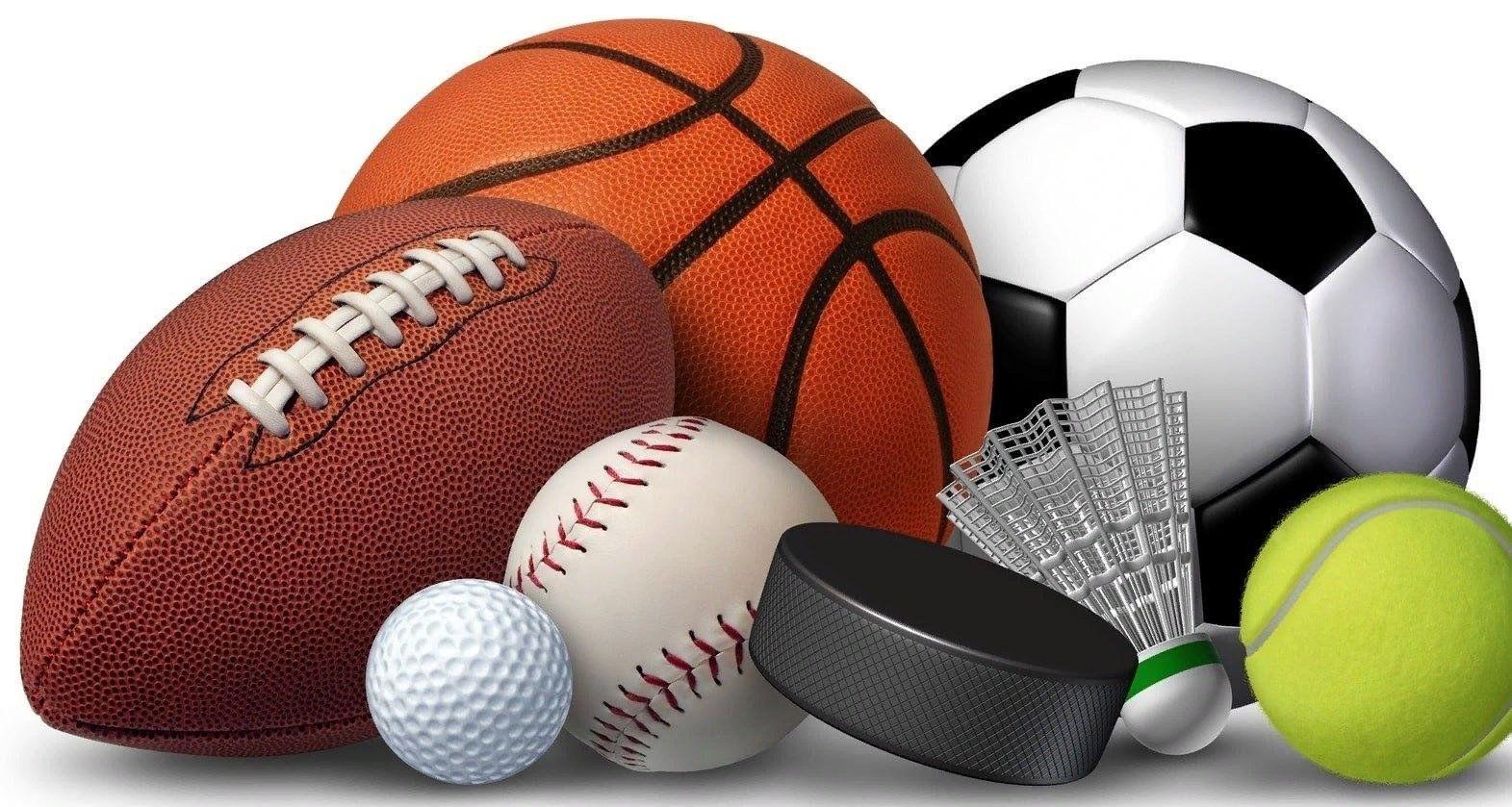Handball, also known as team handball or Olympic handball, is a high-energy team sport that combines elements of basketball, soccer, and netball. Played by two teams of seven players (six outfield players and a goalkeeper), handball is recognized for its rapid pace, dynamic movements, and intense physicality.
Origins and Evolution
Handball’s origins can be traced back to ancient civilizations, but the modern version began to take shape in northern Europe in the late 19th and early 20th centuries, particularly in Denmark, Germany, and Sweden. The game evolved significantly in the 20th century and was officially recognized by the International Handball Federation (IHF) in 1946. It became an Olympic sport for men in 1972 and for women in 1976.
Basic Rules and Gameplay
The game is played on an indoor court measuring 40 meters long and 20 meters wide, with a goal at each end. The objective is to score by throwing the ball into the opposing team’s goal. Matches are divided into two halves of 30 minutes each, with a 10-15 minute break in between.
Players pass, dribble, and shoot using their hands, and must adhere to several key rules:
Players can take up to three steps without dribbling.
After picking up their dribble, players have three seconds to pass or shoot.
Physical contact is allowed, but it must follow strict guidelines to prevent fouls.
Positions and Roles
Handball players specialize in specific roles:
Goalkeeper: Defends the goal using any part of the body.
Wings (left and right): Fast and agile, they attack from the corners.
Backcourt players: Strong shooters who attack from distance.
Pivot (or circle runner): Plays near the opponent’s goal and disrupts the defense.
Teamwork is critical, and strategies often involve set plays, feints, and fast breaks.
Popularity and Global Reach
While handball is especially popular in Europe—where countries like France, Denmark, Germany, and Norway dominate the international stage—it is growing steadily in Asia, Africa, and the Americas. The European Handball Federation (EHF) Champions League and the IHF World Championships are prestigious tournaments that showcase top talent.
Health and Fitness Benefits
Handball offers excellent cardiovascular exercise and improves:
Agility and coordination
Strength and endurance
Tactical thinking and reflexes
Its fast pace makes it not only exciting to watch but also a full-body workout for participants.
Conclusion
Handball is a thrilling team sport nouvelles nothat demands skill, strategy, and athleticism. As its popularity continues to expand globally, more people are discovering the excitement of this dynamic game. Whether you're a player or a fan, handball offers non-stop action and the kind of teamwork that brings people together.



